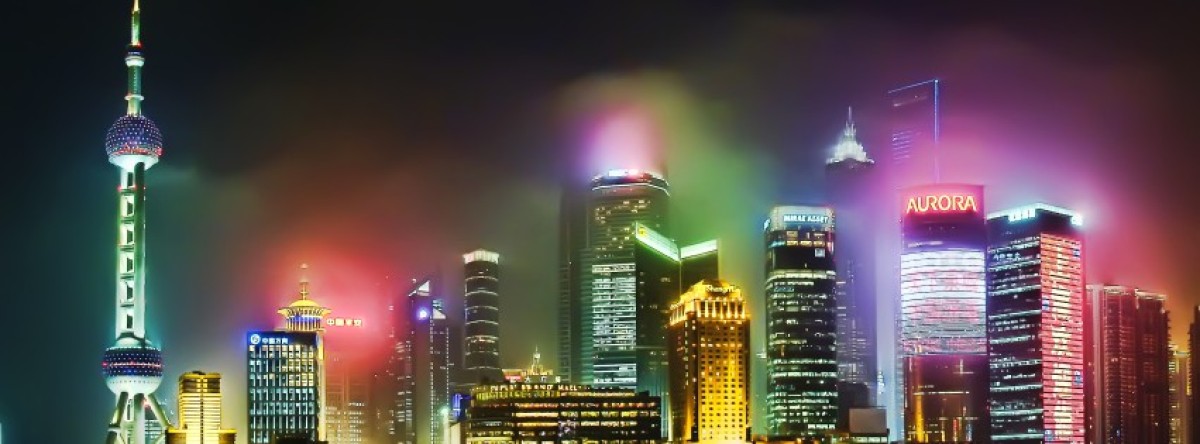The presented art that interested me the most today was using the city’s advertisement as a light source, pointing out that in a way advertisement shares what is commonly regarded as undesired when it comes to graffiti, and providing an art piece in a public space. Cities should be built and planned for people, a basic rule long ago forgotten by London and almost impossible to adopt in New York, the city of commercialism and capitalism. The two projects (“Pixelator” and “NYC’s True Graffiti Problem”) are thus to some extent symbols of an individual’s effort against the conglomerated advertisement services, which occupy a prime spot in our everyday, in the subway entrance. To be sure, the screens could be used for various purposes starting from providing essential information such as news or weather reports to jokes or short comics etc. Turning them into art panels is just one of the desired and preferred intentions over omnipresent advertisement. In short, both projects are excellent commentaries on the issues of privatization of public, collectively owned and shared, space. However, one could argue that the activists/artists created their form of art by mitigating someone’s else work. Some TV commercials, for instance, could be classified as a form of art by substantial part of the population, rendering the issue a bit more problematic.
Advertising in Shanghai took the next step and put ads even into the metro tunnels, turning the usual dull experience of dark grey walls behind the windows into a serious doubt that maybe I really need that new mobile phone or a better health insurance. This medium of advertisement,based on the phenomenon called persistence of vision, is almost certainly, unfortunately, protected from modification by city inhabitants as opposed to the example in New York. Actually, as we have seen in the class, this medium has been transformed in Shanghai into advertising space after originating in New York’s subway, where it was a “capstone” art project.
This hampering with city’s equipment, to which advertisement panels undoubtedly belong these days, reminded me of the city of Florence. There the majority of the traffic signs, at least in the city center, are changed in a way so that they keep their meaning but resemble another commonly used symbol such as heart. More information can be found here including the an interview with the artist behind the idea. Here, I would like to just cite from these sources two key sentences (I) “The Florence municipality has in the meantime accepted his work (…)” and (II) “Street art, when done well, is a gift to the city and its residents” (quote of the artist). In a sense, this art project is completely harmless as no advertisement company can feel damaged. I do not, however, understand the legal aspects when an accident happens – in the case that a traffic sign loses the simplicity (which is a required characteristic of this public good) and essentially becomes invalid. Some more humorous consequence is documented here.


Another example, albeit not related to art, seems relevant in this discussion. My hometown Prague has been struggling to fight taxi drivers in Karlova street, leading straight to the famous bridge from the 14th century. A traffic sign permits only “personal transport” except taxi, however, the taxi drivers have constantly removed the “except” part. Completely changing the wording of the sign would require change of laws applicable to the entire country and in the end, the city came up with an interesting solution. It continued to increase the height of the sign, now eventually 4 meters above the ground, and the unlawful behaviour disappeared as it became unfeasible. However, going back to the case in New York, this would, of course, completely destroy the desired effect of the ads (by making them out of sight)!
Link takes the reader to Google Street View, in front of the traffic sign. Ironically, the picture is older and the sign is insufficiently high and so one can notice the yellow tape covering the word “except.”
